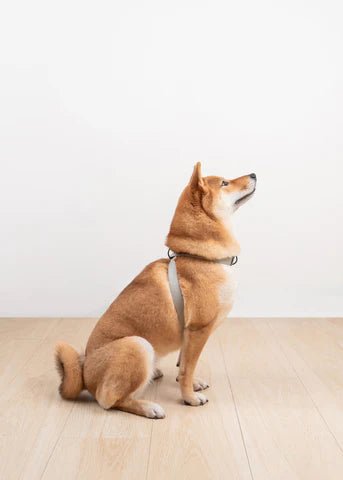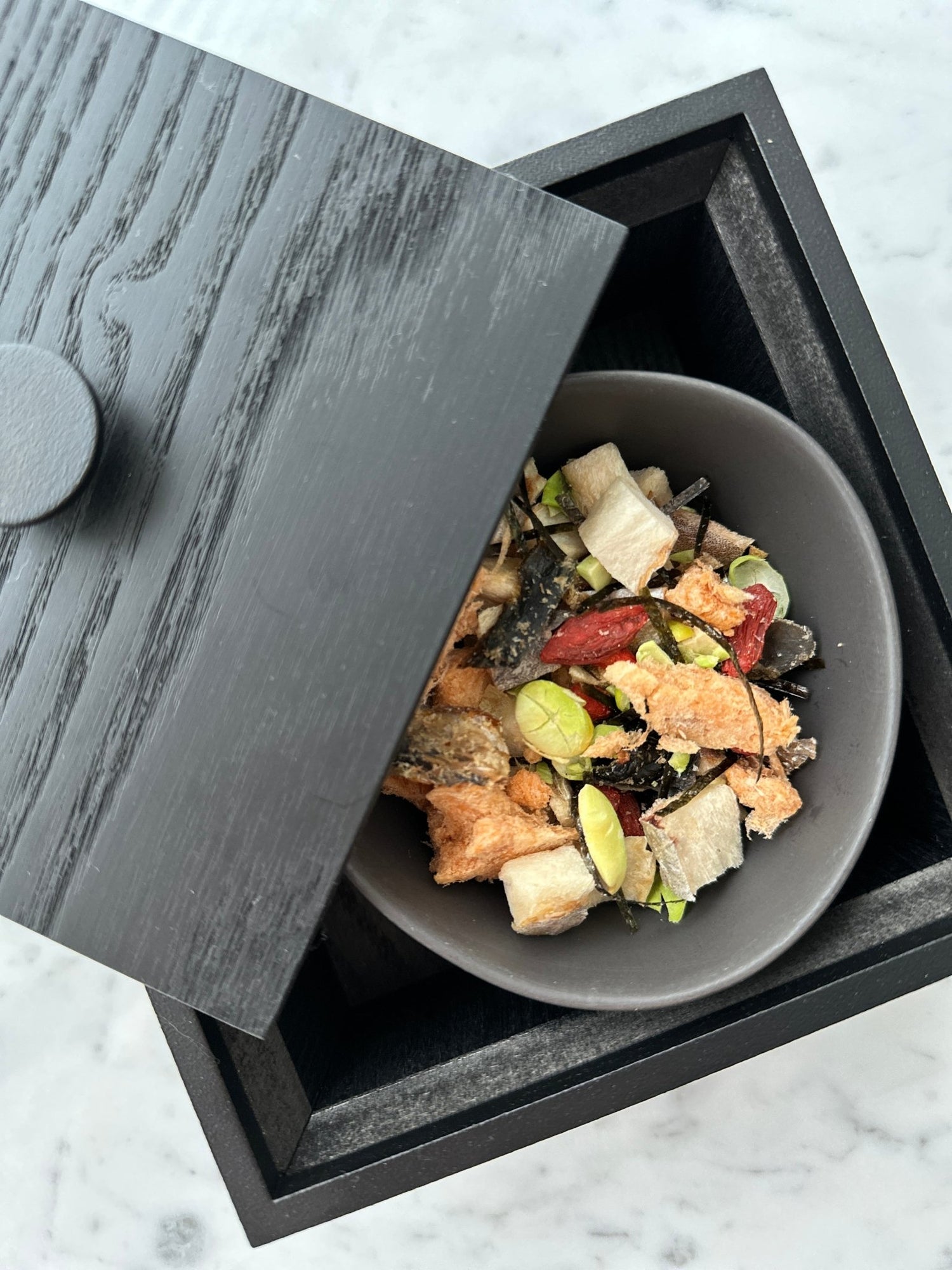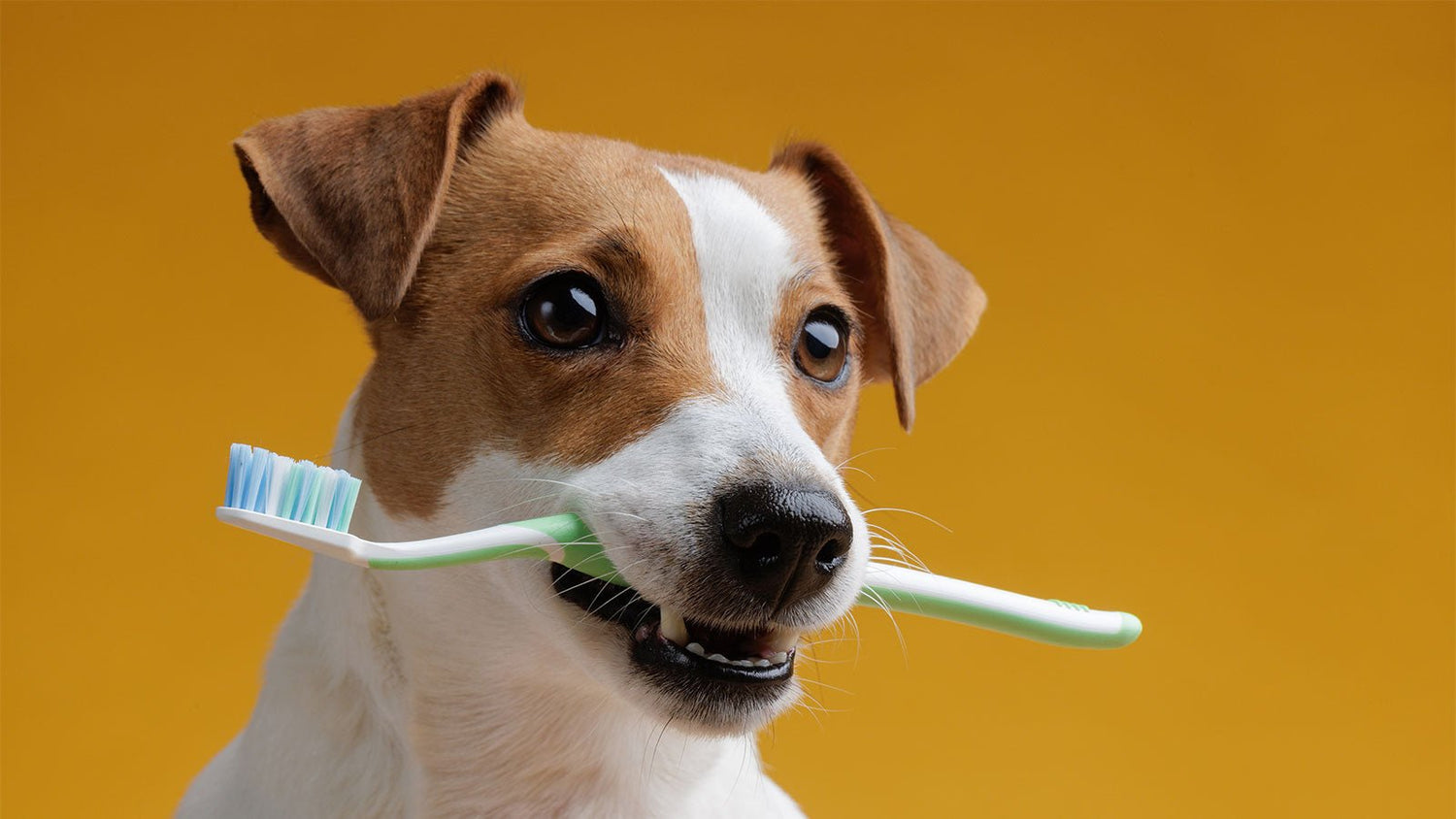This article is contributed by Queena Lee, pawrent to a cockapoo pup @helloimtoffie. To Queena, responsible dog ownership means providing the best she can for Toffie, both mentally and physically. Since the day she got Toffie, it has been a constant learning process for both Toffie and her. She admits the process may not be easy at times, but it is definitely the most rewarding to become better together!
How great would it be if our pups came home and magically became potty trained? But, let’s be real, that is far from reality.
Potty training was one of the things that I prioritised when Toffie first came home. Despite reading up on this prior to his arrival, it wasn’t as easy as I thought it would be. Toffie would pee on the floor right beside his pee tray no matter how much I guided him onto it. I couldn’t lay out pee pads or newspapers on the floor because he would shred everything the moment I put it onto the ground. I tried researching and looked for resources online in hopes that I will be able to find potty training tips and methods that I can try out on him but to no avail. Most of the articles and guides out there assumed that everybody has a front yard or a backyard. It was almost as if pee trays and pee pads don’t exist. It was hard to tell when he had to go potty because there was no routine in place yet.
Puppies are not able to control their bladders as well. A rough estimate of the amount of time a dog can control its bladder corresponds to its age in months. For example, a 3-month-old puppy can hold its bladder for 3 hours, while a 6-month-old puppy can hold its bladder for up to 6 hours. However, with that being said, 10 hours or more is a long time for even humans to hold their bladder, so don’t expect your 10-month-old puppy to be able to do that! Another helpful point to note when potty training your puppy is to come up with a routine or a schedule that they will eventually stick to. This will help you anticipate when they would go potty. Every puppy will be house trained at their own pace. Consistency and patience are critical during this process.
Here is a guide first-time owners can refer to when it is your turn to potty train your dogs! First and foremost, there are a few different ways people choose to potty train their dogs.
1. Pee Pad/Paper Trained
2. Pee Tray Trained
3. Grass Trained
It all depends on what is best for you and your pup. Most people are unable to bring their dogs out every 3-4 hours for a potty break downstairs; hence they would resort to pee pads or pee trays. Puppies like Toffie, who love shredding newspapers and pee pads, can consider using an adequately sized pee tray in this case. With pee pads, lesser clean up is needed because all you have to do is change the pee pads and wipe down the area. Toffie is pee tray trained now, but he is also willing to do his business when we’re outdoors. If we are stuck at home, he can still do his business whenever he needs to, and if I have the luxury of time, I can bring him out for walks more often for him to do his business outdoors, so there’s lesser cleanup. This might not be the case for some dogs. Some prefer to pee and poo on their pee pads or pee trays only. That is most probably because they feel vulnerable doing their business outdoors. If you want your dogs to be able to do both, encourage them to pee outdoors when you’re out for walks, let them sniff grass patches and don’t hold back on the praises if they do! It gives them confidence that they’re doing the right thing. If you plan to bring your dog out for potty breaks, remember to bring along your own poop bags to clean up after them and be socially responsible! We use Clean Conscience’s 100% compostable plant-based doggy poop bags!
Some owners find training sprays help in the process. Dog training sprays are specially formulated scents designed to attract and encourage dogs to go potty at the area where the product is used. It seems like the easiest way to potty train your puppy, but it didn’t work for us as it did for others. Whenever I broke out the spray, Toffie would sniff the area and pee everywhere else other than the area I sprayed. Hence, further emphasising the point of ‘What works for us might not work for you. It is essential to find out what your pup is comfortable with and stick to that method.
Another vital role in the process of potty training is crating. Crating provides multiple benefits for your dog. It is a dedicated space for them to seek out whenever they want to, which will allow them to wind down and have quality rest. It also allows you to control their routine, which will make it easier for potty training. With a playpen, you can bring your puppy to that area every 1-2 hours so that they understand where they should be going potty. If needed, block off part of their playpen to limit their area to ensure that they know which area they can go to for potty. Keeping your eyes on them at all times and watching them like a hawk helps a lot. More often than not, when they’re walking around with their nose sniffing all around the floor, it is a sign that they have to go potty! At the beginning for young puppies, make it a point to make them go potty every 1-2 hours and in the following situations:
⁃ First thing after waking up in the morning
⁃ After a play session
⁃ Before leaving their crate/playpen
⁃ After leaving their crate/playpen
⁃ After waking up from a nap
⁃ After meal or chew time
⁃ Before going to bed at night
A few key points that you should take note of:
- Have a command ready. Be it ‘Potty’, ‘Pee Pee’, or ‘Poo Poo’. Use that phrase consistently whenever you guide your pup to go potty, so they know that word means potty.
- If your puppy makes a mistake, use a sheet of pee pad to absorb the pee and guide your puppy towards it again in the next hour or two. The scent of the pee will be a guide for them to pee at the same location!
- Invest in a good odour removal spray and give the area where the accidental potty happened a good clean up. This is to prevent your puppy from going back to the same location.
- Avoid letting your puppy roam in a large area. Keep them confined to a limited space where you can keep your eyes on them! Even though you love your new puppy to death, they, unfortunately, don’t feel the same way yet! They will need some time to warm up and go to a discreet corner out of your vision to do their business.
- Avoid letting them go on a soft and plushy carpeted floor. The comfiness they feel might be an open invitation for them to relieve themselves.
- Praise and give them a treat whenever they go potty at the right place! They will associate that behaviour with positivity which is the start of the potty training journey!
- If your puppy had an accident, don’t kick up a big fuss and just clean up the mess. If you manage to catch them doing their squat, pick them up and bring them to the correct place! Prevention plays a part in potty training too!
- Have lots of patience and be consistent in bringing them to go potty at the right time to prevent accidents from happening and help them learn the right place to go potty!
From having to send him back to his playpen for potty every 1-2 hours to him nudging his playpen as a signal that he needs to go potty, the entire process took about 1 month for Toffie. However, when he was about 6 months old, he started peeing at random spots around the house. It was as if he had forgotten everything about potty training. We had to start the entire process of bringing him back to his pee tray every 1-2 hours so he would go to his pee tray for potty again.
Potty training might not be as easy for you as it is for others. But, it’s okay. Be alert, so don’t miss the little signs that your pup might be giving you. As long as you are consistent and cleaning up properly, they will eventually learn. All the best!
All views expressed on this site are author's own and do not represent the opinions of any entity whatsoever. The purpose of the article is to share experiences and opinions in general. If you are seeking professional advice, please consult a professional.





